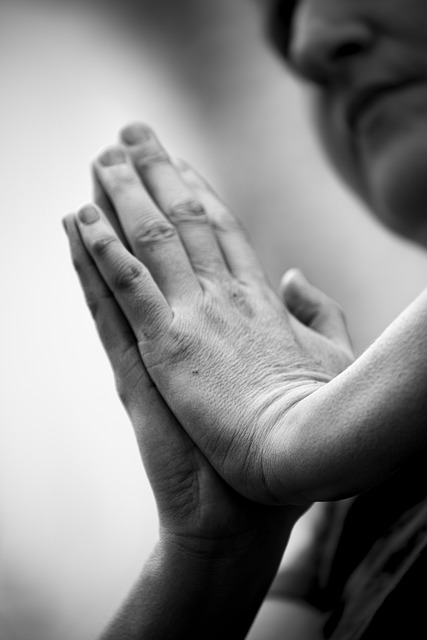The Circle of Hope Girls Ranch lawsuits mark a pivotal moment in juvenile justice reform, exposing severe abuse and misconduct within the facility. These legal actions highlight critical issues like physical and emotional abuse, inadequate medical care, and violations of civil rights in residential treatment centers. Public scrutiny underscores the historical lack of oversight, emphasizing the urgent need for transparency and stringent monitoring to protect vulnerable youth. Survivors' pursuit of justice through lawsuits represents a powerful statement of resilience, aiming for healing, accountability, and prevention of future atrocities.
In the late 20th century, the Circle of Hope Girls Ranch, a Christian reform school in Texas, became the center of widespread abuse allegations. The subsequent Circle of Hope Girls Ranch lawsuits brought to light systemic mistreatment and exploitation of vulnerable girls. This article delves into the historical context, explores the lasting impact on victims seeking justice, and proposes steps towards healing and accountability for all involved in these disturbing events related to the Circle of Hope Girls Ranch lawsuit.
- Understanding the Circle of Hope Girls Ranch Lawsuits: A Historical Context
- The Impact and Struggles of Victims Seeking Justice
- Potential Steps Towards Healing and Accountability for All Involved
Understanding the Circle of Hope Girls Ranch Lawsuits: A Historical Context

The Circle of Hope Girls Ranch lawsuits have been a significant and tragic chapter in the history of juvenile justice and residential treatment centers. These legal battles emerged from allegations of widespread abuse, neglect, and misconduct at the Circle of Hope Girls Ranch, a facility designed to provide care and rehabilitation for at-risk youth. The suits highlight a complex web of issues, including but not limited to physical and emotional abuse, inadequate medical care, and violations of civil rights.
Historically, residential treatment centers like Circle of Hope have been under scrutiny due to their isolation from external oversight. This has often created an environment where mistreatment can go unreported and undeterred. The lawsuits against Circle of Hope brought these issues to the forefront, sparking public debates about the regulation and accountability of such facilities. They serve as a stark reminder of the importance of transparency and stringent monitoring in protecting vulnerable youth within these institutions.
The Impact and Struggles of Victims Seeking Justice

The journey for justice is often arduous for victims of the Circle of Hope Girls Ranch lawsuits, as they navigate a complex legal landscape while grappling with the emotional weight of their past traumas. These individuals, who were allegedly subjected to abuse and exploitation at the ranch, find themselves in a battle for truth and accountability. Many struggle with the challenges of reliving painful experiences, gathering evidence, and understanding the legal system, all while seeking closure and redress.
The impact of such lawsuits extends beyond legal boundaries, as victims must confront their abusers in court, relive their suffering, and advocate for their rights. This process can be deeply triggering, leading to anxiety, depression, and flashbacks. Despite these struggles, the pursuit of justice is a powerful step towards healing and ensuring that similar atrocities are not overlooked or repeated. Every lawsuit is a testament to the resilience of those who dare to break silence and seek accountability for past injustices at Circle of Hope Girls Ranch.
Potential Steps Towards Healing and Accountability for All Involved

The Circle of Hope Girls Ranch lawsuits have opened a door to healing and accountability for survivors. A potential path forward involves transparent and meaningful actions from all parties involved. First, comprehensive support services should be offered to victims, tailored to their unique needs and journeys towards recovery. This could include counseling, legal aid, and access to medical care.
Additionally, the institutions and individuals implicated in these lawsuits must take responsibility for their roles. Open discussions, led by neutral parties, can facilitate a collective understanding of the past mistakes and injustices. Such dialogues have the potential to foster an environment where transparency reigns, ensuring that every voice is heard and every wrong is addressed, ultimately paving the way for a more just and healing future for all those affected by the Circle of Hope Girls Ranch scandal.
The Circle of Hope Girls Ranch lawsuits highlight a dark chapter in historical child welfare practices, demanding attention and justice. For victims seeking closure, the path to healing is complex, marked by legal struggles and emotional hurdles. Moving forward, addressing these cases could foster accountability and prevent similar traumas. By understanding the past, we can take meaningful steps towards recovery for all affected, ensuring that the Circle of Hope lawsuits become a catalyst for positive change in child protection systems.
